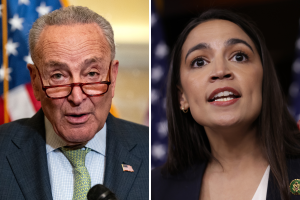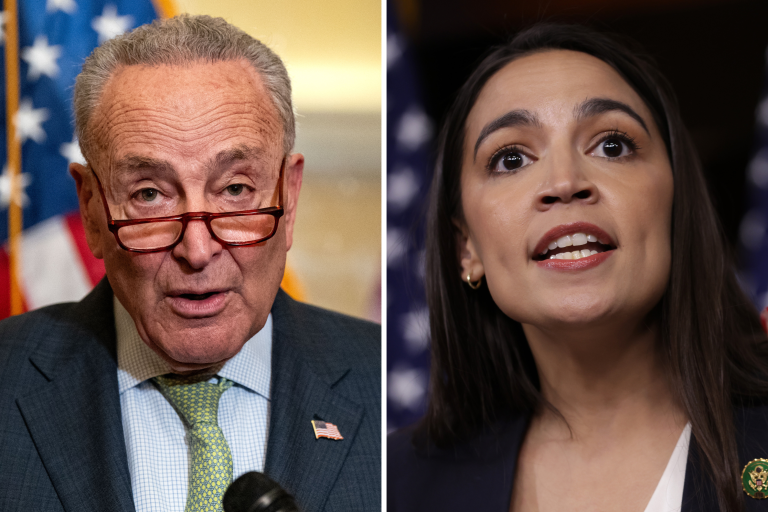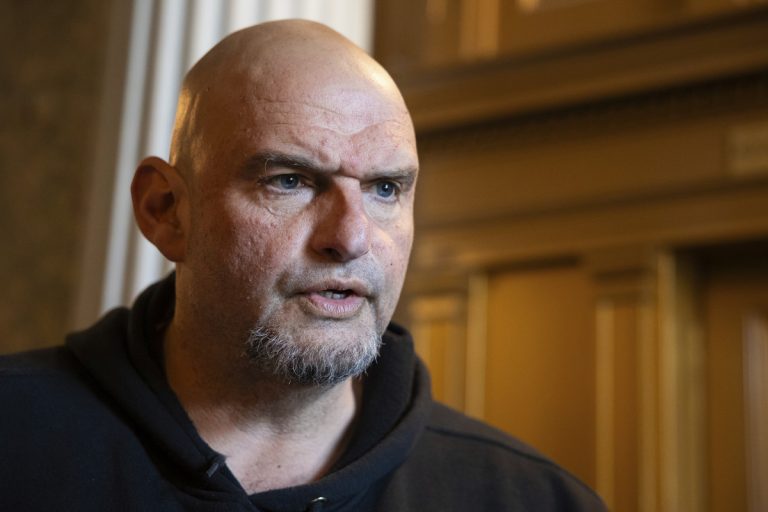As the federal shutdown stretches into its seventh week, mounting evidence suggests that disruptions across U.S. aviation are beginning to affect more than just travel schedules. Newly released Federal Aviation Administration (FAA) data indicates an increase in operational safety incidents — a development officials say is directly tied to ongoing staffing shortages and halted training programs.
Transportation Secretary Sean Duffy confirmed Tuesday that the FAA has recorded a measurable uptick in both “loss of separation” incidents and runway incursions since the shutdown began. The term “loss of separation” refers to instances in which aircraft come closer to one another than established safety protocols allow — one of the most serious indicators of system stress.
Duffy said that while no collisions or near misses have occurred, the trend line is heading in the wrong direction.
“We saw incursions in that separation,” Duffy told reporters at Central Wisconsin Airport. “Was it a near miss? No, but there were incursions. That’s the first thing we saw — the data was going in the wrong direction.”
He added that the combination of stressed controllers, delayed pay, and mounting fatigue has strained the safety margins that normally keep U.S. airspace among the safest in the world.
https://twitter.com/boston25/status/1988278965979804072
Controllers Under Pressure
FAA staffing had already been a growing concern before the government shutdown began in early October. Federal training academies were temporarily closed, halting the pipeline of new hires, while thousands of current controllers faced either furloughs or pay delays.
According to Duffy, those pressures are now materializing in measurable operational effects.
“We saw runway incursions,” he said. “I had complaints from pilots saying the controllers weren’t responding as quickly, they seemed stressed. Or they said the language being used wasn’t as precise. All those numbers were going in the wrong direction, which means the risk levels are going up.”
Pilots across multiple carriers have reported communication inconsistencies between flight crews and controllers, particularly during peak traffic hours. The FAA, citing the shutdown, has not released full national safety statistics but acknowledged a “temporary degradation” in service response times.
Travel Chaos and Economic Ripple
Compounding the safety concerns is a logistical crisis that has left travelers frustrated and airlines scrambling. Data reviewed by Fox News showed more than 35,000 flight delays and nearly 8,000 cancellations between Friday and Monday alone — among the worst four-day totals in recent memory.
Airlines for America (A4A), the industry’s largest trade group, said the shutdown has “crippled critical functions” of the national aviation system, including certification processes and scheduling coordination.
Chris Sununu, the former governor of New Hampshire who now serves as A4A’s CEO, told Fox News that recovery won’t happen instantly even after the government reopens.
“You have to get planes, crews, the logistics of getting the system back into place,” Sununu said. “You need the president to sign the bill. You need the controllers to come back. You need the pay to actually hit the bank account.”
Sununu warned that the country faces at least a one-week lag between legislative action and full operational recovery — a timeline that could brush uncomfortably close to the Thanksgiving travel rush.
“Hopefully that happens well before Thanksgiving,” he said. “No one should cancel their plans, but it’s not going to turn on a dime.”
Political Stalemate Deepens
The Senate passed a stopgap spending measure on Monday, breaking a deadlock that had lasted more than forty days. The bill advanced only after eight Democratic senators crossed party lines to support an amended version of the House’s short-term resolution.
Still, the prolonged standoff has left lasting political and operational damage. Duffy said the shutdown “robbed the FAA of critical time” needed to rebuild its workforce and modernize safety systems.
Administration officials argue that the shutdown’s origins stem from disagreements over healthcare subsidies and long-term spending priorities — a debate that spiraled into an impasse affecting agencies far beyond the initial budget lines.
Republican lawmakers have placed blame squarely on Democratic leadership, with some labeling the stalemate the “Schumer Shutdown.” Democrats, for their part, contend that Republicans refused to accept reasonable funding levels for healthcare and domestic programs, forcing a broader government closure.
Safety vs. Politics
Experts say the FAA’s operational data underscores a larger point: even short-term funding lapses can have cascading effects on safety infrastructure.
Dr. Mark Caldwell, a former air traffic controller and now aviation consultant, said that while the current spike in safety alerts doesn’t yet indicate systemic danger, the situation could worsen if staffing shortages continue.
“Controllers are under enormous stress, and the system’s safety margins are based on redundancy,” Caldwell explained. “When you remove that — when you have fewer people, delayed maintenance, and interrupted oversight — you’re playing with a thinner margin.”
FAA analysts have long warned of the challenges posed by workforce shortages. Even before the shutdown, the agency reported that it was short nearly 3,000 certified controllers nationwide — a deficit that has only grown during the shutdown.
Economic Stakes and Public Reaction
The airline industry has urged Congress to prioritize long-term funding to prevent future disruptions. Sununu said the ripple effects of a shutdown extend far beyond the terminals.
“This isn’t just about flights,” he said. “It’s about supply chains, perishable goods, mail delivery, and tourism. Aviation touches everything. When you shut that down, you slow down the entire economy.”
Airports in Atlanta, Dallas, and Chicago reported higher-than-usual wait times on Monday, as passenger backlogs collided with limited staffing at security and ground control checkpoints. Travel analysts estimate that lost revenue from cancellations and delays could exceed $2.5 billion by the end of the week.
Passengers have taken to social media to express frustration. “I’ve been rebooked three times since Saturday,” one traveler posted on X (formerly Twitter). “Every time I think I’m good, another delay. This can’t keep happening.”
A Delicate Road to Recovery
Even if the spending measure clears both chambers and receives the president’s signature, officials warn that full normalization may not come quickly. Training schedules, certification renewals, and maintenance inspections all require weeks to restart.
Duffy emphasized that aviation safety remains his department’s top concern. “We’ll get this system stable again,” he said, “but it’s going to take time, and it’s going to take cooperation.”
Lawmakers on both sides have pledged to hold hearings on the shutdown’s long-term effects once operations resume. For now, travelers, controllers, and airline staff are left navigating a fragile system stretched to its limits — and hoping that politics won’t keep it grounded any longer.

Emily Johnson is a critically acclaimed essayist and novelist known for her thought-provoking works centered on feminism, women’s rights, and modern relationships. Born and raised in Portland, Oregon, Emily grew up with a deep love of books, often spending her afternoons at her local library. She went on to study literature and gender studies at UCLA, where she became deeply involved in activism and began publishing essays in campus journals. Her debut essay collection, Voices Unbound, struck a chord with readers nationwide for its fearless exploration of gender dynamics, identity, and the challenges faced by women in contemporary society. Emily later transitioned into fiction, writing novels that balance compelling storytelling with social commentary. Her protagonists are often strong, multidimensional women navigating love, ambition, and the struggles of everyday life, making her a favorite among readers who crave authentic, relatable narratives. Critics praise her ability to merge personal intimacy with universal themes. Off the page, Emily is an advocate for women in publishing, leading workshops that encourage young female writers to embrace their voices. She lives in Seattle with her partner and two rescue cats, where she continues to write, teach, and inspire a new generation of storytellers.








